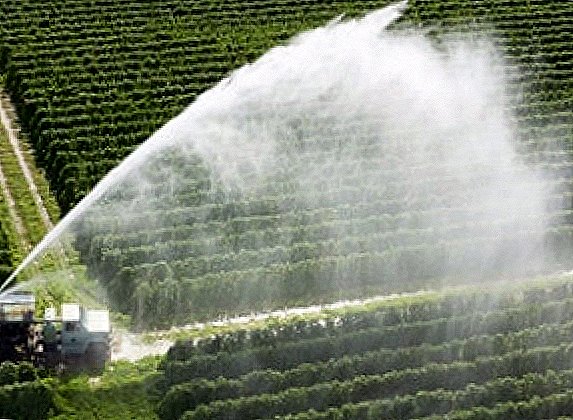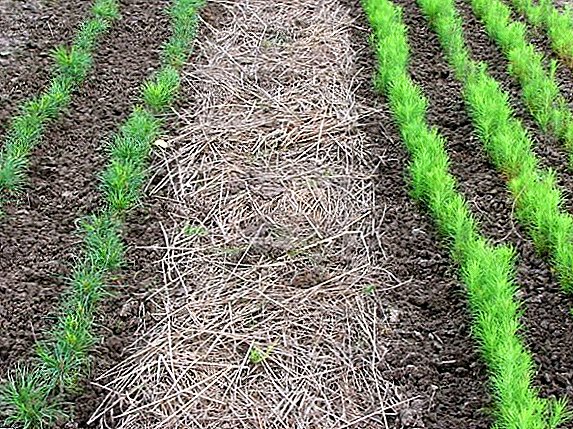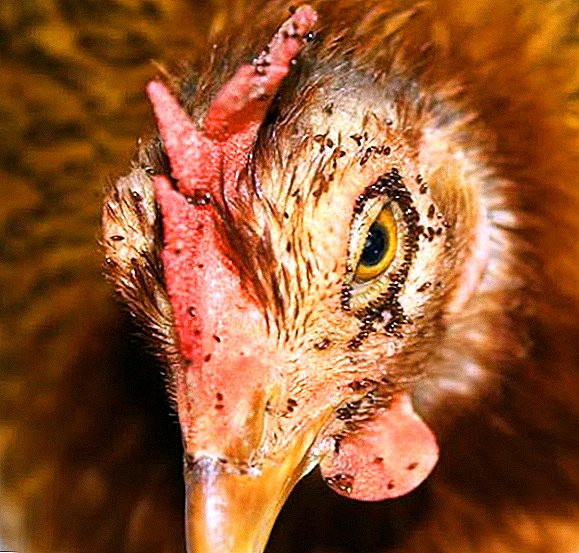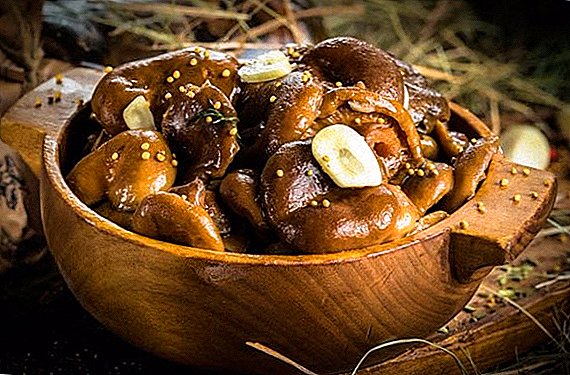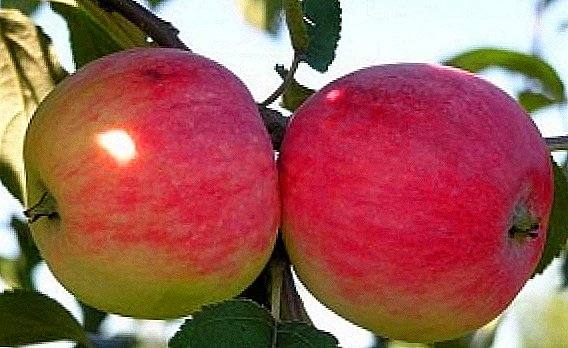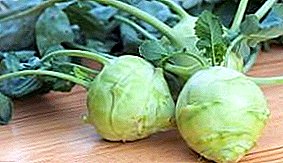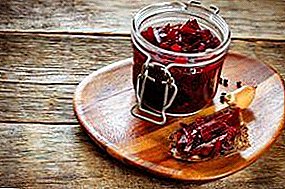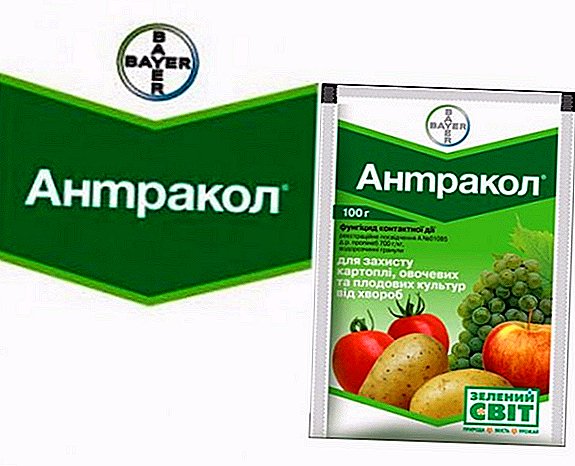 "Antrakol" is a fungicide used by farmers to protect vegetable crops and fruit trees from fungal diseases. In this article we will consider how Antracol should be used to protect the garden and the kitchen garden, what is its mechanism of action and compatibility with competing chemical compounds, the advantages of the agent over other fungicides and the safety measures in use.
"Antrakol" is a fungicide used by farmers to protect vegetable crops and fruit trees from fungal diseases. In this article we will consider how Antracol should be used to protect the garden and the kitchen garden, what is its mechanism of action and compatibility with competing chemical compounds, the advantages of the agent over other fungicides and the safety measures in use.
Description and release form
The drug "Antrakol" is intended for the prevention and control of common fungal diseases, which reduce the yield of vegetable and horticultural crops.
The Bayer chemical laboratory, experimenting with the formula for the composition of Antracol, believes that the presence of zinc in the benzene ring of the fungicide completely eliminates the toxicity of the mixture and enhances the spectrum of resistance to fungal diseases.
In other words, the number of fungal infections against which the drug fights, increases by almost an order of magnitude in comparison with other fungicides.
Important! When processing potatoes, the fungicide destroys the fungal spores of late blight and Alternaria, in fruit trees - scab and leaf curl, in grapes - mildew, rubella and black rot, and in cucumbers the substance prevents the appearance of peronsporosis and gray rot. Universal drug is effective in the prevention of more than 80 types of fungal diseases of plants.Antracol is available in the form of granules or water-wettable powder. The product comes to the buyer in packages with packaging from 100 grams to 1 kilogram.
Active ingredient and mechanism of action
The main active ingredient of the fungicide is propineb, which inhibits protein enzymes involved in the reproduction of fungal spores. The drug isolates the centers of mycelium and prevents the development of the disease.
Important! "Antracol" is included in the group of contact fungicides that do not penetrate the plant to the cell and membrane levels, and only protect the surface of the leaf and stem (stem) of the treated crops.
How to use the drug
Anthracol fungicide is a universal substance that is used both for prophylaxis and for the direct fight against fungal diseases. However, there are features of its use for garden and horticultural crops.
For garden crops
- When processing apple orchards from the appearance of fungal scab, it is necessary to dilute 15 g of the substance in 10 liters of water. Spraying of trees is recommended from the time of the growing season of the buds until the first fruits appear. The number of treatments should not exceed three times. The last spraying should be done thirty days before the harvest.
- A solution for the treatment of peach and grapes is recommended to be done in a proportion of 10 g of granules per 10 liters of water. Treat the plants three times with an interval of ten days and the last spraying of peaches to hold 30 days before harvest, in grapes - 50 days.
- Processing of plants is carried out in a dry, calm weather. Ten liters of solution is enough to spray one hundred square meters of land.
Application in the garden
- Plantations of potatoes and tomatoes are treated with "Antracol" three times per season. The concentration should not exceed 15 g of granules (powder) per 5 liters of water. This amount of solution is enough for one hundred parts of the earth. The last spraying is recommended forty days before harvesting.
- These requirements of the instructions are fully applicable to cucumber crops, with the difference that the last processing of vegetables should go 20 days before the harvest.
Compatibility with other drugs
Antrakol is compatible with almost all types of antifungal chemicals. However, Bayer specialists, while developing Antrakol, write in the instructions that it is necessary to double-check the solutions for chemical compatibility in each particular case.
Winegrowers combine Antracol with Quadris, Proteus, Topaz, Ridomil, Flint Star, Caesar, Megafol, Topsin-M, Aktellik, Plantafol (0-25 50), kendal.
Nevertheless, the four-year practice of using a new substance has not yet revealed such incompatibility.
Drug benefits
"Antrakol" compares favorably with other drugs of its series. In its interaction, it mates with all types of garden and horticultural crops, it has a low zinc content, which creates a favorable soil for seeds and seedlings.
Did you know? Substance resistant to rain and dew. It is not washed off after spraying due to the biologically active film, which is formed as a result of processing.The drug does not increase the traditional immunization of fungal spores to new conditions of aggressive environment and does not harm plants that are not subject to spraying with the preparation.
Finally, Antrakol has an attractive price-quality ratio for consumers.
Security measures and hazard class "Antrakola"
The manufacturer’s manual recommends adhering to general safety rules when working with Antracol (gloves, mask, packaging recycling, etc.). It has 3rd class of danger, low toxicity.
Did you know? Anthracol fungicide is not toxic to humans and animals. The developers of the drug recommend spraying them with plants, even in a compact habitat of bees."Antrakol" - the most "young" drug from its chemical range. This product of the company "Bayer" is only four years old, but it has managed to worthily recommend itself in the agricultural holdings of Europe and Ukraine.


